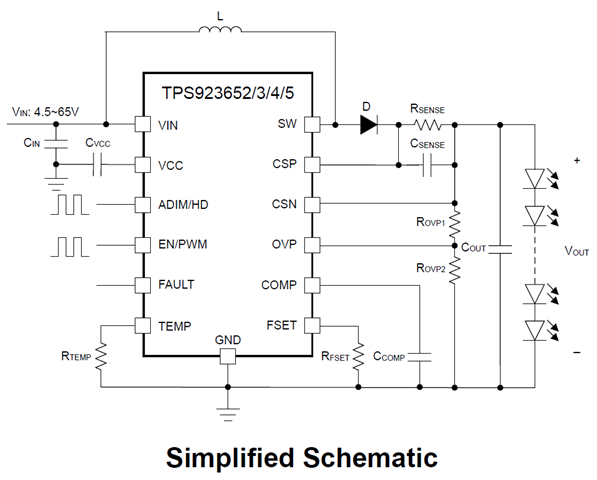How to choose the value for the OVP resistor divider for TPS923655 / TPS923654 / TPS923653 / TPS923652?
-
Ask a related question
What is a related question?A related question is a question created from another question. When the related question is created, it will be automatically linked to the original question.



